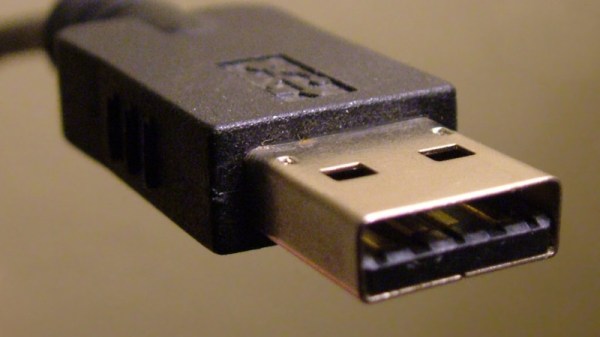Every hacker knows what it is to venture down a rabbit hole. Whether it lasts an afternoon, a month, or decades, finding a new niche topic and exploring where it leads is a familiar experience for Hackaday readers.
[Glenn ‘devalias’ Grant] is a self-proclaimed regular rabbit hole diver and is conscious that, between forays into specific topics, short-term knowledge and state of mind can be lost. This time, whilst exploring reverse engineering USB devices, [Glenn] captured the best resources, information and tools – for his future self as well as others.
His guide is impressively comprehensive, and covers all the necessary areas in hardware and software. After formally defining a USB system, [Glenn] refers us to [LinuxVoice], for a nifty tutorial on writing a linux USB driver for an RC car, in Python. Moving on to hardware, a number of open-source and commercial options are discussed, including GoodFET, FaceDancer, and Daisho – an FPGA based monitoring tool for analysing USB 3.0, HDMI and Gigabit Ethernet. If you only need to sniff low speed USB, here’s a beautifully small packet snooper from last year’s Hackaday prize.
This is a guide which is well-informed, clearly structured, and includes TL;DR sections in the perfect places. It gives due credit to LibUSB and PyUSB, and even includes resources for USB over IP.
If you’re worried about USB hacks like BadUSB, perhaps you should checkout GoodUSB – a hardware firewall for USB devices.
Header image: Ed g2s (CC-SA 3.0).











